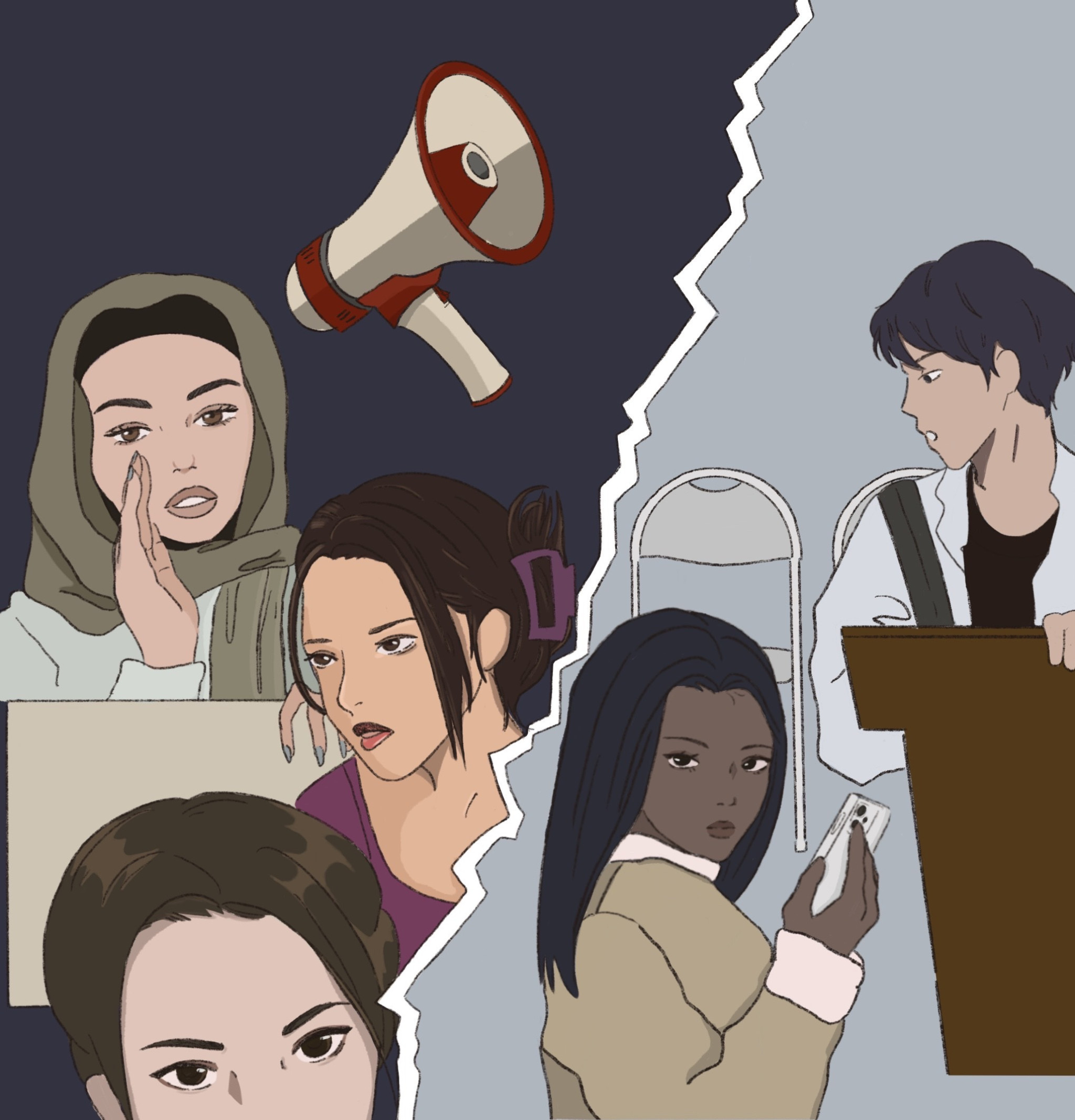This last month alone, many Berkeley High School students attended one or both of two protests: the No to Coal, Yes to Life climate strike in Oakland and a reproductive rights walkout organized by the Reproductive Justice Club. For a long time, particularly at BHS, protests served as a way for students to push for change. However, protest attendance has dwindled recently.
Senior Rosy Urbano is the lead organizer and outreach coordinator for the Reproductive Justice club.
“(Protesting) gives people a way to put themselves on (a) small platform (and) connect with other people who care about similar issues,” Urbano said. “It’s really (about) making a statement that this is something that is important, and that’s beneficial to everyone involved.”
Protests can also help strengthen networks and connections, according to Naomi Nickolaus, a senior and co-leader of the BHS Green Team.
To senior Kathleen McLoughlin, “It’s still important to ... show support for the people who are facing direct impacts (by protesting).” In 2020, BHS students organized a walkout protesting rape culture at BHS. “We were all fed up and wanted to do something about it," said Eliza Fosket-Hydes, BHS alum and 2020 protest organizer, “A walkout was (what) came to mind (as an action) that would bring a lot of awareness and something that we were all actually able to do (as students).” The walkout accrued massive attendance from students and staff alike, leading to the eventual hiring of a Title IX officer at BHS.
During the 2020 protests, “Almost the entirety of the student body showed up across the street from school, and it was incredible, it was super well organized,” McLoughlin said. “People got up and spoke about their experiences, McLoughlin said. However, when the Reproductive Justice club hosted a similar walkout this year, “50 people showed up,” McLoughlin said.
The pattern of low BHS attendance is a pattern that has become more widespread in recent years. Fears around accruing unexcused absences and missing work can discourage students from participating in protests, leading to sparse attendance. On top of that, “it's really easy to feel like it doesn't make an impact for one more person to go,” Nickolaus said.
For many students, protesting widespread issues can feel pointless. “(With) national issues … I feel like protests and walkouts aren't really going to do anything because we're in California and because we're (a) Berkeley School,” said sophomore Lenka Simon. “We're not changing any minds by (protesting).”
Another impact on protest turnout for BHS students is burnout.
“There are huge protests, and the government does not make change,” McLoughlin said, “That becomes really exhausting for people, because you're putting in this time and effort and … nothing gets done.”
As a highschooler, making a direct impact on issues can feel hard to achieve. “That feeling of powerlessness…is very real,” Urbano said. “That gets to a lot of people and makes them lose their motivation… so then they have a hard time showing up for a lot of different causes.”
Fosket-Hydes linked this feeling of fatigue to the pressures placed on students when in person learning resumed. “After quarantine ended and everyone went back to school, a lot of people treated it as (though) …everything should be the same and you should be able to function in the same way that you were able to before (the pandemic, as though) nothing is different, but that's wrong,” she said. “So much is different.”
In order to overcome schoolwide burnout, supporting one another and finding creative solutions to problems remains vital. “What protests do is create a sense of unity and community, (but) you can also do that to smaller (actions)...Emotional burnout comes from feeling alone, so making sure that everybody feels heard is super important,” McLoughlin said. Making change can take many forms, such as spreading awareness on voting measures, volunteering, donating, and supporting local businesses.
Creating networks of organizations within BHS to focus on local issues could bring people together and increase the impact of actions, Nickolaus said.
“The more people collaborate with each other, and come together over certain issues on a larger scale, the more we can get done, and the more we’ll have an impact,” Nickolaus said.
Focusing on issues within BHS can lead to palpable change in the community, Simon said. “The only reason we have a Title IX coordinator is because people were protesting that issue (in 2020). Students can make real change.”
According to many of these students, healing from burnout is necessary in order for BHS to be a hub for social change in the future.
Urbano said, “Change doesn't just happen with a single walkout, it (happens by) consistently trying to exercise your ability in lots of different ways. That's how we can really engage with these topics in a way that makes a difference.”





